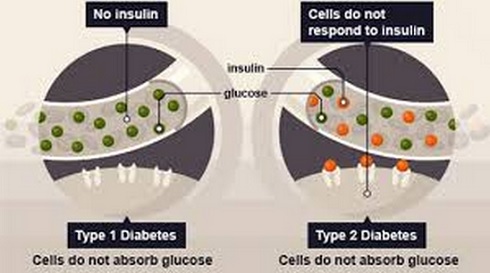Source: FRESNO, Calif. (KFSN) — ABC.com
In 1990 the Human Genome Project started. It was a massive scientific undertaking that aimed to identify and map out the body’s complete set of DNA. This research has paved the way for new genetic discoveries; one of those has allowed scientists to study how to fix bad chromosomes. Click video link above.
Our bodies contain 23 pairs of them, 46 total. But if chromosomesare damaged, they can cause birth defects, disabilities, growth problems, even death.
Case Western scientist Anthony Wynshaw-Boris is studying how to repair damaged chromosomes with the help of a recent discovery.
“You’re taking adult or a child’s skin cells. You’re not causing any loss of an embryo, and you’re taking those skin cells to make a stem cell.” Anthony Wynshaw-Boris, M.D., PhD, of Case Western Reserve University, School of Medicine told ABC30.
Scientists studied patients with a specific defective chromosome that was shaped like a ring. They took the patients’ skin cells and reprogrammed them into embryonic-like cells in the lab. They found this process caused the damaged “ring” chromosomes to be replaced by normal chromosomes.
“It at least raises the possibility that ring chromosomes will be lost in stem cells,” said Dr. Wynshaw-Boris.
While this research was only conducted in lab cultures on the rare ring-shaped chromosomes, scientists hope it will work in patients with common abnormalities like Down syndrome.
“What we’re hoping happens is we might be able to use, modify, what we did, to rescue cell lines from any patient that has any severe chromosome defect,” Dr. Wynshaw-Boris explained.
It’s research that could one day repair faulty chromosomes and stop genetic diseases in their tracks.
The reprogramming technique that transforms skin cells to stem cells was so ground-breaking that a Japanese physician won the Nobel Prize in medicine in 2012 for developing it.
FOR MORE INFORMATION ON THIS REPORT, CONTACT:
Jeannette Spalding
Scientific Writer/Editor
Case Western Reserve University School of Medicine
(216) 368-3004
[email protected]






